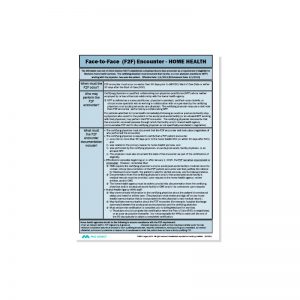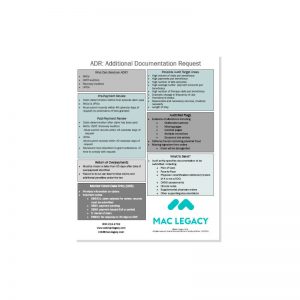Services and orders provided for home health and hospice require some kind of authenticating signature by the author. In this age of electronic medical records, organizations are faced with a variety of signatures–handwritten and electronic. It’s often difficult to determine what is acceptable to the Medicare Administrative Contractors (MACs). Here are a few tips. First…
Services and orders provided for home health and hospice require some kind of authenticating signature by the author. In this age of electronic medical records, organizations are faced with a variety of signatures–handwritten and electronic. It’s often difficult to determine what is acceptable to the Medicare Administrative Contractors (MACs). Here are a few tips. First of all, rubber stamped signatures are not allowed unless there is proof of a physical disability which limits the author’s handwritten signature. Believe it or not, rubber stamped signatures without explanation are still being seen in medical review audits. Illegible written signatures can be authenticated by a signature log, an attestation statement from the author, or other documentation verifying the identity of the author. When submitting documents for medical review, it is imperative to check for legibility. Some scanned documents may cut off the signature area. Examine the signatures for consistency. Are some signatures remarkably different than other signed documents by the same author? This issue will require some investigation and resolution. The good news is your MAC have helpful signature guidelines to assist organizations to navigate questionable signatures.



